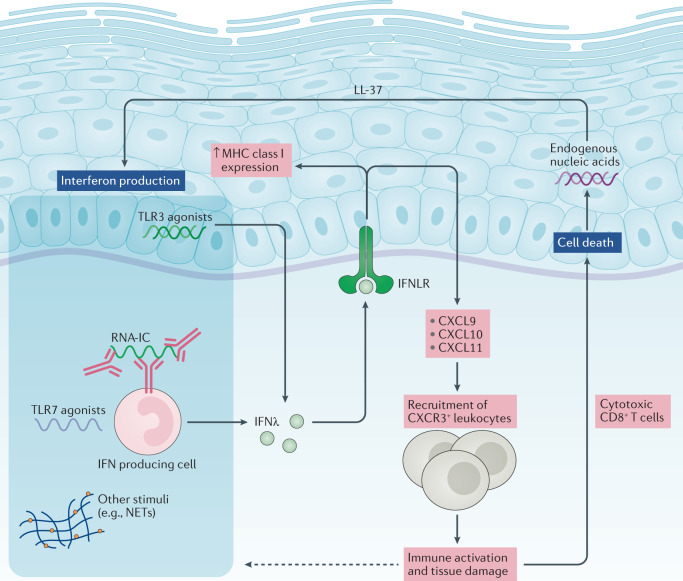Fig. 2. IFNλs in skin disease in systemic lupus erythematosus.
Danger signals, including Toll-like receptor 7 (TLR7) agonists and RNA-containing immune complexes (RNA-IC), can induce the production of IFNλs by plasmacytoid dendritic cells. TLR3 agonists can also induce the production of IFNλs by keratinocytes. IFNλs can subsequently activate keratinocytes to upregulate the expression of the chemokines CXCL9, CXCL10 and CXCL11, as well as surface MHC class I molecules. These chemokines recruit CXCR3+ leukocytes to the skin, where they promote tissue damage; in particular, cytotoxic CD8+ T cells can cause keratinocyte cell death. The release of endogenous nucleic acids (in combination with the cathelicidin LL-37 in experimental models) can induce further production of IFNλs, resulting in a feed-forward loop that perpetuates inflammation in the skin. Whether inflammatory stimuli can also upregulate IFNλ receptor (IFNLR) expression on keratinocytes is unclear. NET, neutrophil extracellular trap.

